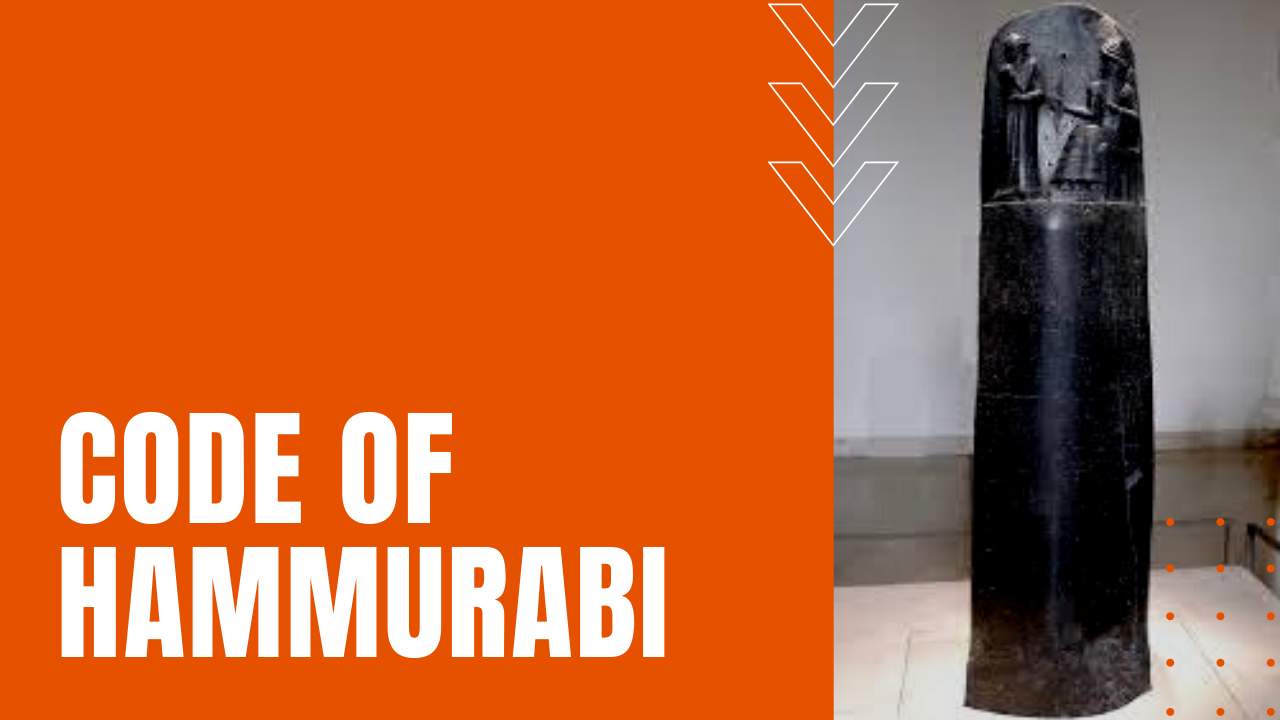Code of Hammurabi: Mesopotamian Code of Law

First composed by Babylonian King Hammurabi in 1754 BC, the ancient Mesopotamian code of law consists of 282 laws that covered all aspects of social engagement, punishment and contract law. Nearly half of the code deals with contractual arrangements, for example, establishing a system of wage scales to be paid to a lowly ox driver or a high-priced surgeon.
Other provisions set the terms of a transaction, the liability of a builder for a house that collapses, or property that is damaged while left in the care of another. A third of the code addresses issues concerning household and family relationships such as inheritance, divorce, paternity and reproductive behavior. First unearthed in the present-day United Arab Emirates, the original stele was discovered in 1901 by Egyptologist Gustave Jequier.
A year later, the cuneiform script was translated from its original Akkadian language into modern French by Dominican scholar and Assyriologists, Jean-Vincent Scheil, which when published received an instant tidal wave of acclaim by academic and hobbyist archaeologists alike. The original stele is currently on display at the Louvre in Paris, with replicas in numerous academic institutions and museums around the world.
What is the Code of Hammurabi?
The Code begins with a quick overview by Hammurabi himself, who writes that he was called by God “to bring about the rule of righteousness in the land, to destroy the wicked and the evil-doers; so that the strong should not harm the weak; so that I should rule over the black-headed people like Shamash, and enlighten the land, to further the well-being of mankind.”
The laws were arranged in 44 columns and 28 paragraphs, including such biblically adopted laws as “an eye for an eye.” The Code of Hammurabi stands as one of the earliest precursors to constitutional governance and represents the first code of law that incorporated the presumption of innocence and the judicial examination of evidence between an accuser and the accused, making the Code of Hammurabi one of the first lawyered-up documents in the history of jurisprudence.
